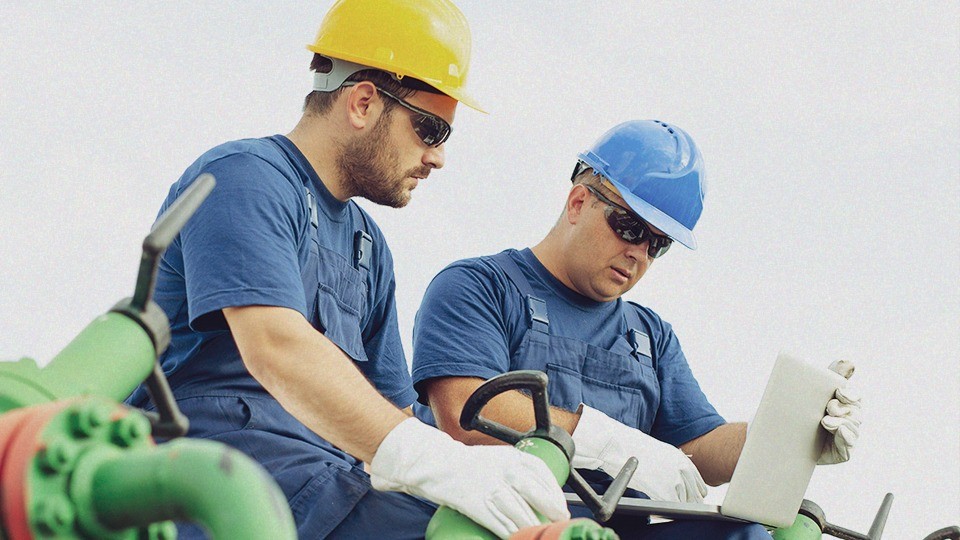With climate change and the digital world transforming rapidly, Australia is starting to change its approach to workplace health and safety. Businesses no longer seem satisfied with the primitive OHS programs that merely serve as checklists. With the help of OHS consultants and occupational hygienists, organisations are embedding resilience, wellbeing, and innovation into their core functions. Let’s now take a look at how these professionals are stepping beyond compliance.
From Watchful Eyes to Integral Business Components
In Australia, the traditional approach of OHS consultants revolved around incident investigations and audit checklists. Fortunately, there are some companies that enable somewhat more futuristic practices which include shifting subs to strategic partners and involving them from the board room to the factory floor. OHS consultants are now involved in the project design phase, which allows them to include “safety features” instead of adding them later on. The change allows for distinguishing features in HSE to no longer be an afterthought and a boost in productivity, stakeholder trust, and the reworking process within industries ranging from mining in WA to manufacturing in Victoria.
Combining Environmental and Workplace Hazards
It was previously only the responsibility of occupational hygienists to track exposure to dust, chemicals, and noise. Now, with the addition of bushfire smoke, urban heat, and pollution, their scope of work has expanded to include community factors, such as where the community’s hazards start infringing into workplaces. For example, in Queensland’s agriculture, hygienists are advising on protocols for heat-stress and air-quality monitors to remotely located workers so they don’t suffocate when temperatures soar. The change also aligns with the PPE strategy to control emerging climate building threats—assisting Australian businesses to adapt to everchanging conditions.
Empowering OHS With Technology For Immediate Information
The digital transformation is now allowing OHS and occupational hygienists to go beyond manual logs and periodic sampling. Data coming in from wearable sensors, stationary noise monitoring devices, and real-time air-quality detectors are put on cloud-based systems. Screens do not have to be monitored manually for threshold breaches, as alerts are triggered instantly. For example, construction sites in Sydney are able to detect when workers’ exposure to heat approaches critical points, which allows for shift changers and hydration on-the-go. The use of technology leads to the creation of safety management systems that are dynamic and can adapt, as opposed to relying on static static-spreadsheet decision making.
Advancing Psychosocial Wellbeing
All Australian regulators from Safe Work Australia to state bodies consider psychosocial hazards as a pivotal frontier. Mental health, for instance, is being integrated into safety audits and risk assessments. OH&S consultants are now educating direct supervisors on more advanced indicators of employee burnout. They are also developing fatigue management strategies for miners and workers on offshore platforms and those employed in shift work. As Direct Supervisors gain a wider understanding of psychosocial issues, “safety” moves to a more holistic construct of wellbeing, allowing deeper engagement and reducing mental and physical stressors.
Combinations for Creating Innovative Learning Pathways
The work scope of OHS consultants and OHS hygienists nowadays includes instruction design and adult learning. One-off toolbox talks, induce and issue, are no longer a thing. By developing training collaboratively, Australian companies are applying virtual and augmented reality to rehearse certain parts of high-risk activities in a controlled and simulated environment. It is the hygienist who has to demonstrate how operators looking down the barrel of a gun can do something with their head. The participatory implement PPE programs guided by real-time feedback from pilot programs that test outfitting frontline workers with new filters and noise blockers.
Driving a Culture of Continuous Improvement
This change begins with culture. OHS consultants and occupational hygienists work with all levels of the organizational hierarchy to create and maintain feedback loops. Employees have access to real-time safety metrics through dashboards, which allow them to grasp the impact of their actions on overall performance. Safety “huddles” held once a week are re-purposed as creativity sessions during which workers volunteer to make simple changes, such as changing a noisy workstation to a quieter one, or testing hybrid ventilation systems. Through this involvement, workers mobilize as safety champs and the organization achieves continuous improvement embedded within its culture.
Positioning Australian Workplaces for the Future
With the escalation of global market competition as well as regulatory requirements, Australia’s foremost businesses are now enlisting the services of OHS consultants and occupational hygienists because there is a need not only to comply, but also to be leaders of innovation and resilience in the industry. By applying strategic foresight, digital technologies, eco-psychosocial health, and co-design, these specialists are transforming workplaces and ensuring that Australian workspaces continue to be technologically innovative, flexible, and prepared for ambiguity.
Conclusion
The advancing functions of OHS consultants and occupational hygienists will drive Australia towards a new frontier of workplace productivity. Australian organisations are developing strong, flexible cultures that protect their most treasured asset—their people—that enable sustainable growth in an ever changing world through the integration of digital compliance, strategic collaboration, and a comprehensive approach to worker welfare.











